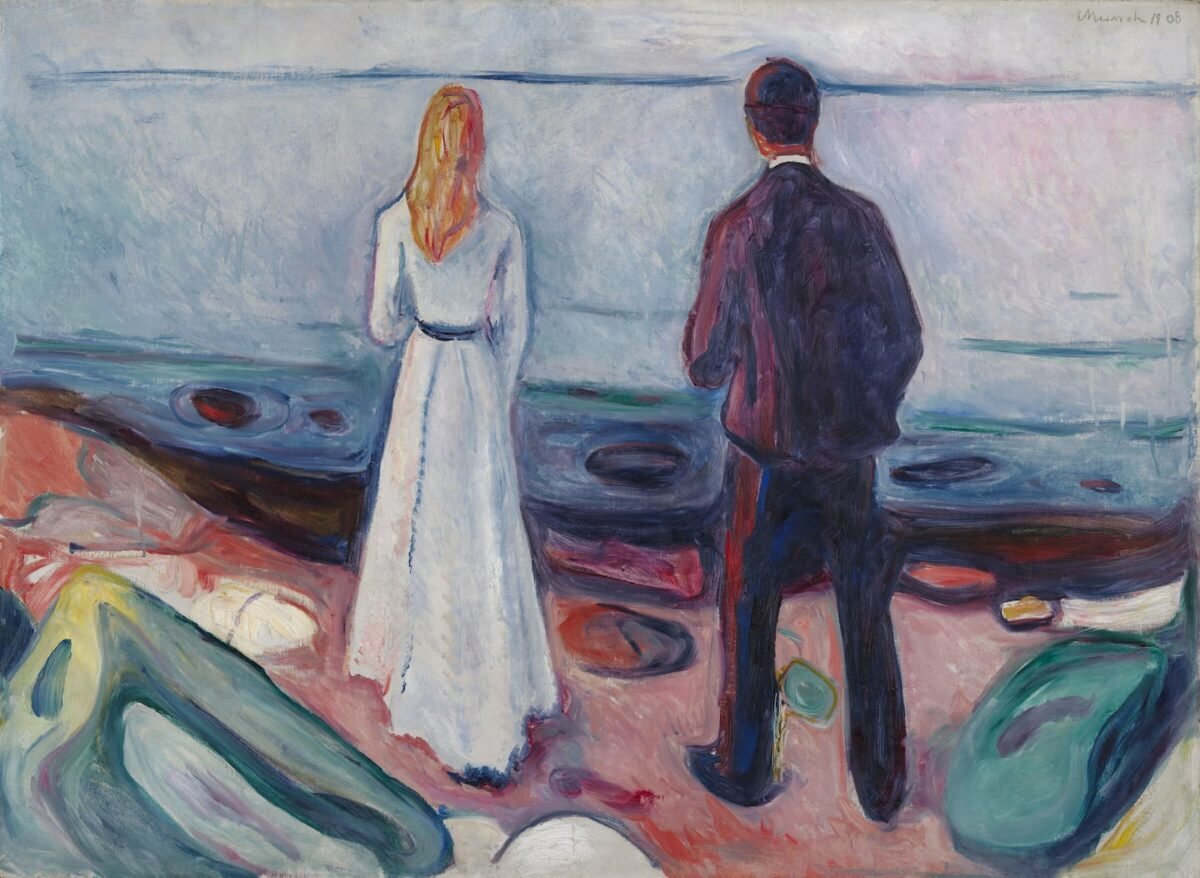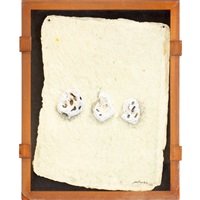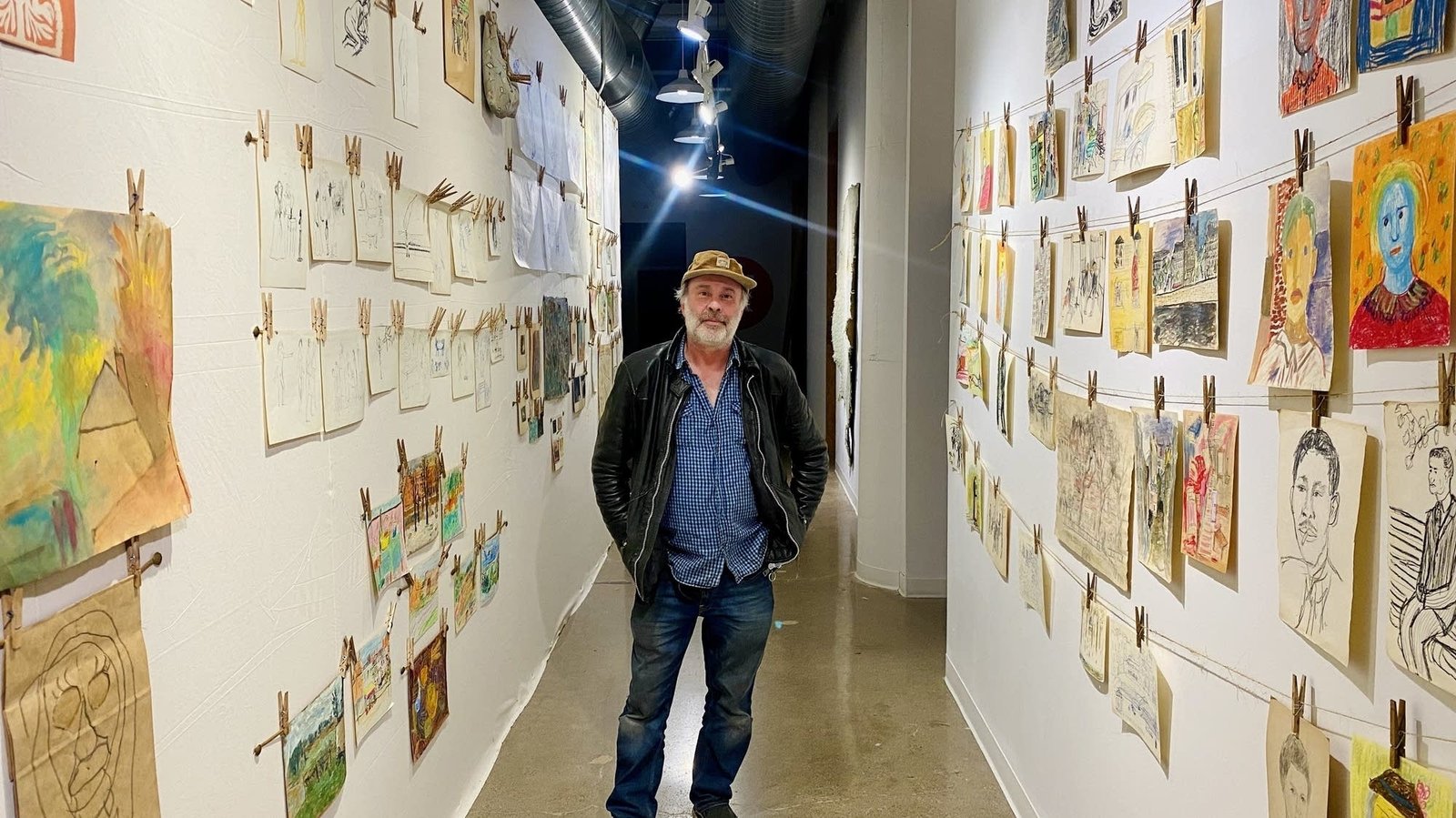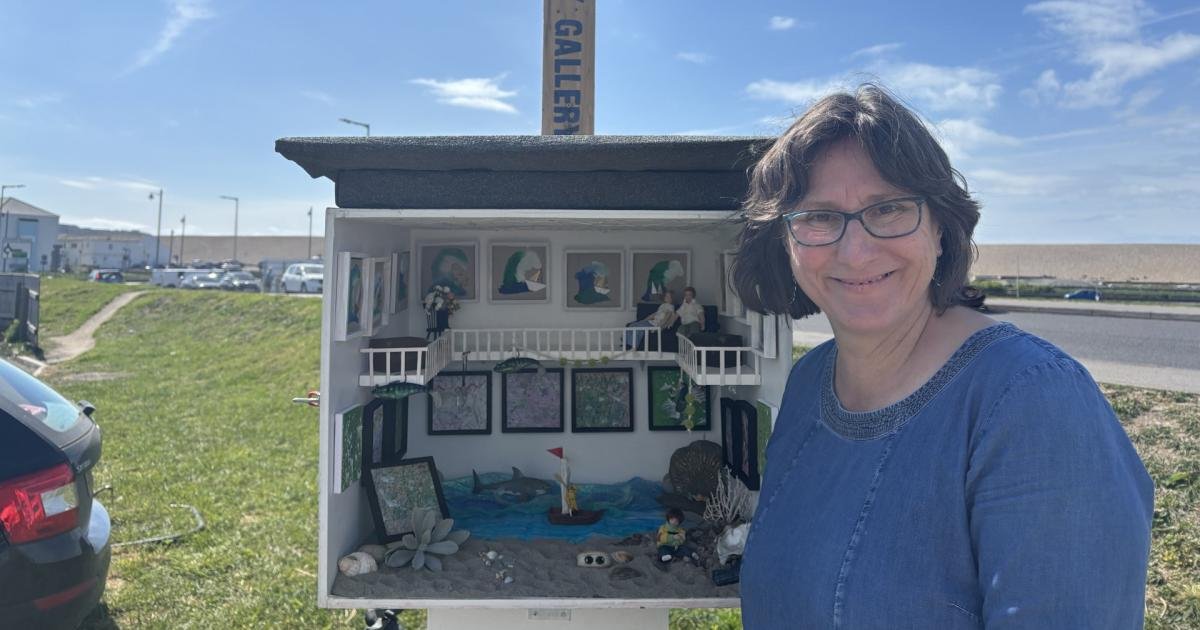The Harvard Art Museums announced Tuesday that they have received a major gift of 64 artworks by the Norwegian artist Edvard Munch from the collection of longtime donors Philip A. and Lynn G. Straus. The gift, which includes 62 prints and two paintings, brings the museums’ total holdings by the artist to 142, making Harvard’s Munch collection among the most significant in the country.
Many of the new works, which formally entered the collections in 2023, will feature prominently in next month’s exhibition, “Edvard Munch: Technically Speaking.” The gift also includes a 1982 print, “Savarin,” by American postwar artist Jasper Johns.
“We are immensely grateful to Philip and Lynn Straus for their generosity and stewardship over these many years,” Harvard museums director Sarah Ganz Blythe said in a statement. “Their enthusiasm for the work of Edvard Munch ensures generations of students and visitors can experience and study his prints and paintings here in Cambridge.”

Over the course of decades, the Strauses were among the museums’ top supporters. All told, the couple gave or enabled the purchase of 128 artworks, including 117 pieces by Munch, as well as others by Max Beckmann, Georges Braque, Alexander Calder, Timothy David Mayhew, and Emil Nolde.
In addition to their numerous gifts of art, the Strauses helped fund a ’90s-era museum expansion, renovations, and the endowment of the Straus Center for Conservation and Technical Studies. The couple also endowed conservation and curatorial positions at the museums.
“Their support of the conservators and conservation scientists in the Straus Center has had a transformative impact on the numerous fellows who have trained there, as well as provided a facility where every object in our collections can be cared for and scientifically researched,” said Ganz Blythe.
Philip, who died in 2004, graduated from Harvard in 1937. The most recent gift to the museums, the couple’s last, follows Lynn’s death in 2023.

The two paintings in the most recent gift are “Train Smoke” (1910) and “Two Human Beings (The Lonely Ones)” (1906-08), the latter of which depicts a couple looking out at the sea with their backs to the viewer and at a remove from one another. Both works, which have been cleaned and conserved, are now at the Busch-Reisinger Museum, one of the HAM’s three constituent museums.
“It is hard to overestimate the significance of Munch’s painting ‘Two Human Beings (The Lonely Ones),’” Lynette Roth, curator at the Busch-Reisinger Museum, said in a statement. “Capturing the tension between proximity and distance — spatial as well as emotional — the work addresses the universal theme of the human condition.”
Among the 62 prints included in the Straus gift are four impressions of his famed “Madonna” (1895-1902) and six prints from his series “Two Human Beings (The Lonely Ones)” (1894-1917). The print collection, which has entered the Fogg Museum, contains a variety of techniques, including etching, lithography, and woodcut.

“There are innumerable ways the collection offers opportunities for teaching, exhibition, and further study,” curator of prints Elizabeth M. Rudy said in a statement. This “collection offers wide-ranging insights into Munch’s innovative practice as a printmaker.”
The Strauses purchased their first Munch print in 1969. That work, “Salome” (1903), kickstarted the couple’s long and deep association with the artist.
“Through their distinct style of collecting Munch’s prints — seeking out and acquiring multiple images of the same theme — they created a collection that affords deep insights into the artist’s practice,” said Ganz Blythe, who called the collection “a perfect match for a university museum.”
Malcolm Gay can be reached at malcolm.gay@globe.com. Follow him @malcolmgay.







